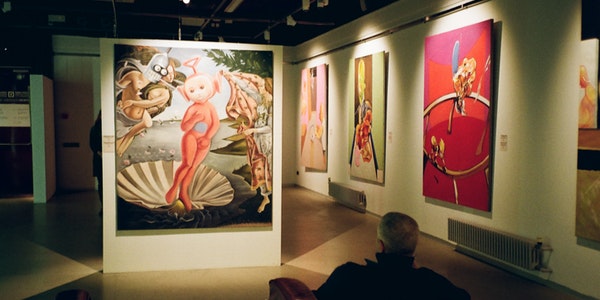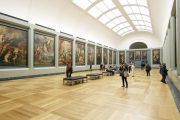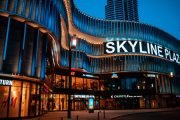With the improvement of the status of museum buildings in society, people’s requirements for the quality of their spaces have also greatly increased. Light has gradually become an important factor in the construction of the museum’s architectural environment. Space style and cultural connotation. Therefore, how to use light to create a more comfortable and pleasant space environment that is conducive to exhibition without harming cultural relics is the key to its design.
The Development and Current Situation of the Museum’s Light Environment
Early museums used natural light as the main form. With the development of museums, the so-called “white box” display lighting design period appeared. Until the Second World War, a large number of museum light environment designs based on artificial lighting appeared, mainly because artificial light is easier to control than natural light, so the so-called “black room”-style museum lighting design stage was formed.
In the 1970s, the National Museum of Anthropology in Mexico also had a strong influence on German museums. Especially in the display of exhibits and lighting methods, natural light is excluded and artificial lighting is favored… This method of abandoning natural light is called the “dark museum” mode.”
Although natural light is soft and natural, its light is unstable and cannot be used for fixed-point lighting of the highlights on display, and the ultraviolet rays in the natural light will also cause damage to the exhibits. Therefore, artificial lighting is more and more favored by designers.
Different types of museums and different types of collections require different light environments to obtain suitable display effects. The artificial light environment design in the exhibition space should be determined according to the categories of exhibits and should conform to the principles and requirements of museum lighting design.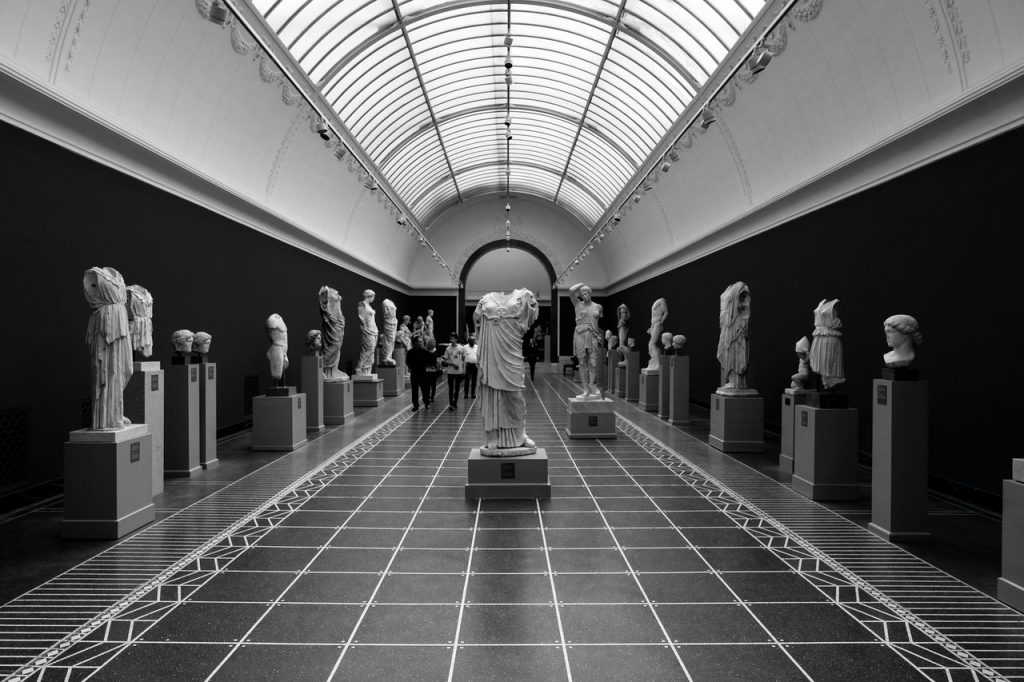
Principles of Museum Lighting Design
For the artificial lighting design of the museum’s exhibition space, it is necessary to protect the exhibits from the perspective of ensuring that a good visual environment is provided for the audience, the selection of light sources, lamps, etc., as well as the illuminance, uniformity of illuminance, color temperature, and glare Considering and analyzing other factors, so as to achieve the goal of not only satisfying the visual aesthetics but also protecting the exhibits. At the same time, it must meet the economic, environmental, and technical requirements.
- Appropriate illumination.
The degree of damage to the exhibits is proportional to the illuminance. The smaller the illuminance, the smaller the damage to the exhibits. However, the demand for audience appreciation must also be considered. The illuminance value should not be too low to ensure that the public can obtain a good viewing effect.
- Good visual environment.
In the design of the museum’s light environment, not only should the lighting quality and parameter regulations be followed, but also the design psychology should be combined with the comprehensive design based on the audience’s visual and psychological feelings, so that the audience can get a pleasant experience during the tour and exhibition. - Protect the exhibits.
While providing a good visual environment for the audience, the damage to the exhibits caused by ultraviolet rays in the light should also be considered. However, the function of the light source is indispensable to the exhibits, so it is necessary to choose a light source with weak ultraviolet radiation as much as possible to reduce damage. At the same time, the time the exhibits are exposed to light will also affect the degree of damage. When designing the light environment, the exposure time or exposure standard of the exhibits should be minimized.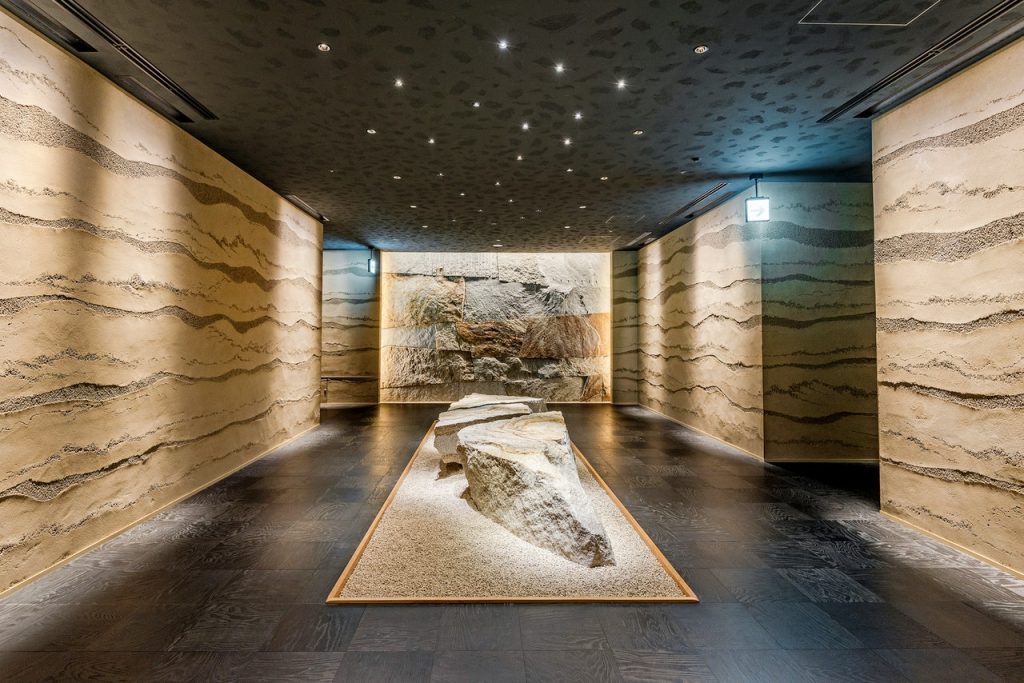
- Avoid glare.
Glare is an optical phenomenon in which the brightness distribution and range in the field of view are inappropriate, or there is extreme contrast, which causes discomfort to the human eye or reduces the ability to observe the subtle parts of the object. Glare will make it impossible for the audience to see the exhibits clearly. Therefore, measures should be taken in the design to eliminate or reduce the glare, and try to prevent the high-brightness light source from entering the audience’s line of sight. The most basic method is to adjust the position of the light source or the audience’s site .
- Save energy.
In the design of the museum’s light environment, it is necessary not only to protect the exhibits and to ensure the audience’s experience, but also to embody the concept of green design that saves energy. In the design, natural light should be fully utilized, and natural light and artificial light should be combined as much as possible. Energy-saving products should be selected when choosing light sources and lamps, and artificial light should be controlled and adjusted through technical methods. During operation and use, the light source can be flexibly adjusted or switched on and off.
- Flexible layout.
While meeting the above conditions, the museum’s lighting equipment also needs to meet the basic nature of its exhibition space, that is, the light source should be flexibly adapted to the movement or replacement of exhibits. Except for some museum exhibits that remain unchanged for a long time, some museum exhibits have changed due to changes in the theme of the exhibition. Different types of exhibits have different needs for lighting. It is unscientific and costly to continuously change the lighting equipment due to the replacement of exhibits. Therefore, at the beginning of lighting design, we should fully consider the possible future changes, and comprehensively consider the lighting method, layout and selection of lamps.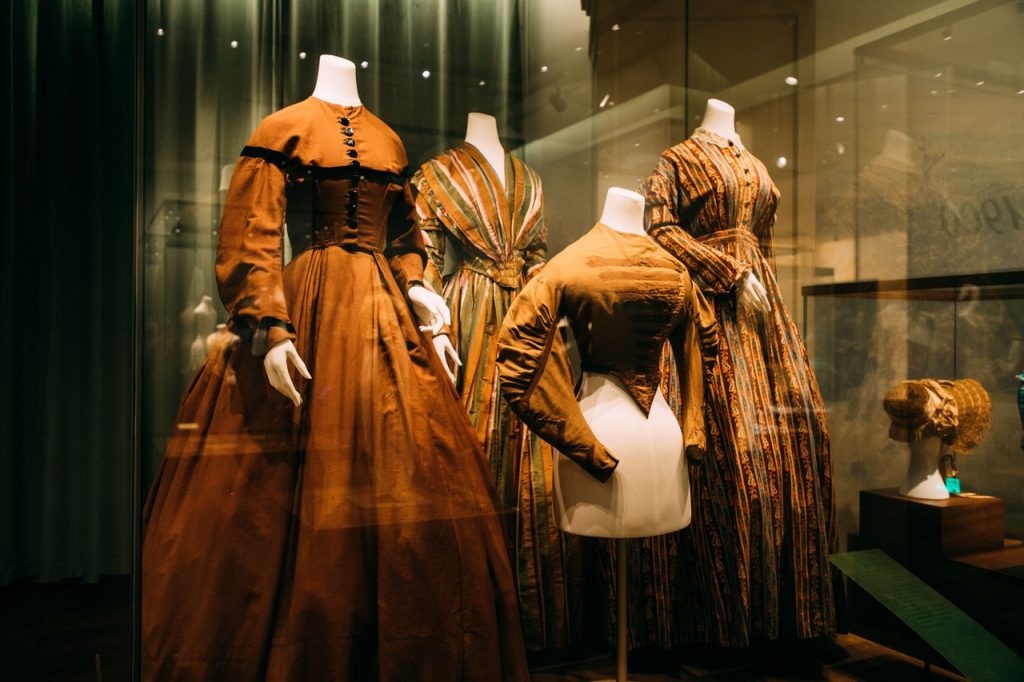
The Layout of Artificial Light in the Museum
The American pioneer of lighting design, Chad Kelly, summed up years of design experience and put forward the idea of dividing light into three different functions: ambient light, key light, and decorative light.
Ambient light is also called background light, which refers to the light dedicated to illuminate the background and the environment. It is mainly through the background light and shadow formed by the ambient light to form a certain contrast and contrast to achieve the purpose of highlighting the main body.
The key light is to create the highlights of the local area, and the main function of the key lighting is to express the exhibits, highlight the characteristics of the exhibits, and add the color texture of the exhibits.
The role of modified light is to highlight the individuality of the space and strengthen the brand image, which can make the local image of the exhibits more distinctive and expressive.
The light of each function represents a type of lighting: ambient lighting, accent lighting and decorative lighting.
- Ambient lighting.
Ambient lighting is set up to meet the most basic illumination requirements of the exhibition space. Its function is to allow the audience and staff to perceive the museum space and facilitate activities within the space. It can use natural light or artificial light for lighting. However, since natural light is easily affected by time, climate, etc., environmental lighting often uses the following artificial lighting layout forms:
(1) Install direct illuminating lamps on the ceiling. This is the most common form of ambient lighting. It is illuminated by lamps directly installed on the ceiling, and the distance and brightness of the lamps are controlled to ensure the uniformity of illumination. However, this lighting method is prone to glare, and the choice of lamps is limited by the height of the floor.
(2) Luminous ceiling. In this form, a diffuse reflector is installed on the ceiling, so that the light source generates uniform light downward through the diffuse reflector, preventing glare from directly entering the human eye.
(3) Hanging reflective lamps. This is a lighting form in which upward-illuminating lighting fixtures are suspended below the ceiling, and the ceiling is illuminated by the fixtures and reflected to the bottom. Because it is indirect lighting, it will be darker than direct lighting under the same light source. This type of lighting also has certain requirements on the height of the display space.
(4) Light trough lighting. The light emitted by the light source in the lamp trough can be reflected to the ceiling or wall, which is an indirect lighting method.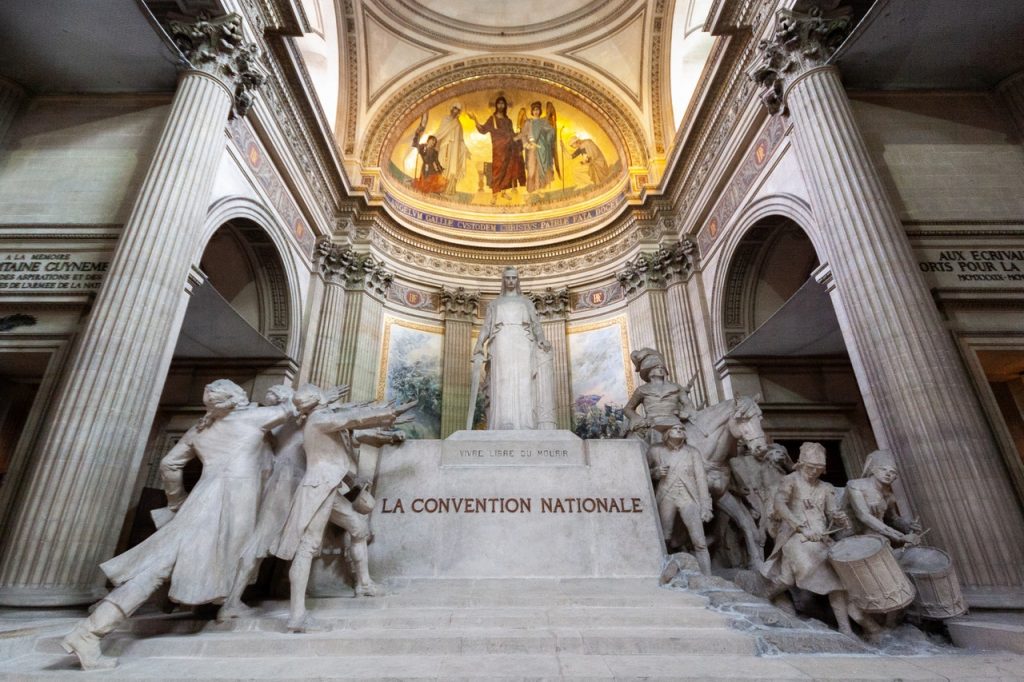
- Accent lighting.
By using light higher than the ambient illuminance to highlight a certain point or area of the display space, it is mainly aimed at the display of exhibits, so that the exhibits can fully demonstrate their characteristics, and the audience can experience the exhibits in all directions. There are three key lighting forms: vertical exhibition lighting, three-dimensional exhibition lighting, and showcase lighting. Vertical exhibition lighting means to concentrate light on the exhibits on the wall, so that the exhibits can be clearly presented in front of the audience. There are lighting forms such as wall washing, sweeping spotlights, and independent spotlights.
Commonly used vertical exhibition lighting design methods are:
(1) Exhibit lighting on the vertical wall. Fluorescent lamps are generally used, which can provide soft and continuous light, so that the vertical plane has a good brightness contrast.
(2) Light-emitting panel lighting method. That is to say, the exhibits are set into a photo film, the outer cover is milky white or transparent plexiglass, and a fluorescent lamp is set behind it. The effect is realistic, simple and practical.
Showcase lighting refers to the accent lighting of the exhibits placed in the showcase. Since most of the showcases are made of glass, in order to see the exhibits clearly, it is necessary to install a light source in the showcase and reduce the ambient lighting to ensure that the lighting in the showcase is more prominent.
Three-dimensional exhibit lighting is a form used to illuminate three-dimensional exhibits, such as Buddha statues and cultural relics. For this kind of exhibits, when designing the lighting, it is necessary to ensure that the outline is clear and the viewing angle is good. Therefore, the accent lighting of the three-dimensional exhibits is often illuminated by a set of projection lights. In this group of projection lights, there is a distinction between the main light and the supplementary light, so that the projected light is distinguished from the primary and secondary, and fully shows the details of the three-dimensional exhibits in all directions.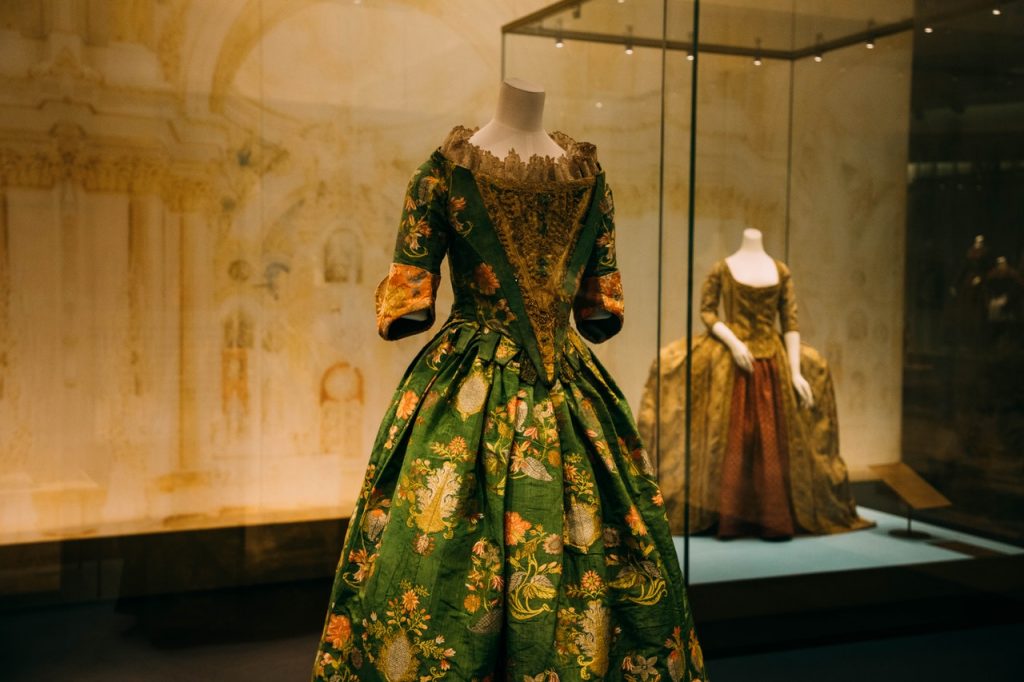
- Decorative lighting.
The main purpose of decorative lighting is to use light color and the shape of lamps to create and adjust the atmosphere in the display space. The requirements for the appearance of lamps far exceed the requirements for light distribution, and are often used to create specific themes and scenes to set off the display space.
For example, for three-dimensional exhibits, the details are outlined through the combination of directional lighting and diffuse lighting. For some large-scale three-dimensional exhibits, directional lighting and reflective lighting are used to project from both sides, resulting in varying degrees of shadows and highlighting the three-dimensional sense.
The exhibition lighting should reflect the three-dimensional artistic effect of cultural relics through different brightness contrast, light and dark matching, light and shadow combination, and use light to give cultural relics vitality and vivid presentation. However, due to the different reproduction quality of the artificial light irradiated, the appearance of the cultural relics reflected in the eyes of the audience and the color cast, ambiguity, and dimness may be greatly distorted compared with the original.
To sum up, the artificial light environment design of the museum exhibition space is a systematic engineering problem, which has strong technical requirements. A single architectural configuration or a single lighting design can not complete the lighting design well. Therefore, it is necessary to reasonably select light sources, lamps and layout forms to create a life-enriched, energetic, realistic, and overall optimized light environment to improve the viewing effect in the museum’s exhibition space.

